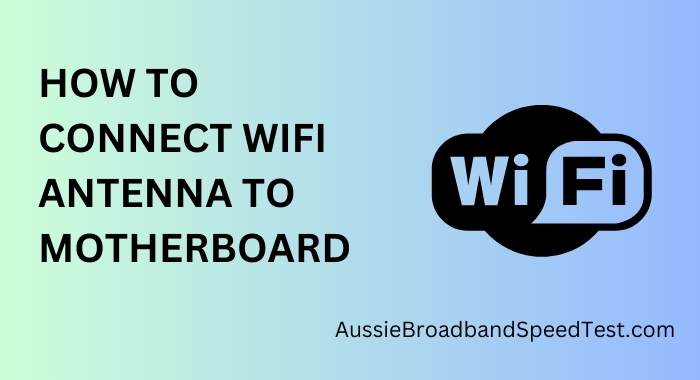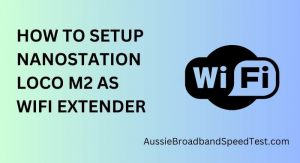One way to enhance your WiFi’s performance is by connecting a WiFi antenna to your motherboard. A WiFi antenna is a device designed to transmit and receive wireless signals between devices and a router. It aids in extending the range and improving the quality of WiFi connections, especially in areas with weak signals or dead zones.
By connecting a WiFi antenna to your motherboard, you can significantly enhance your device’s wireless capabilities. Whether you’re a gamer seeking low latency, a professional needing reliable video conferencing, or simply looking for seamless browsing, a connected WiFi antenna can make a substantial difference.
Types of WiFi Antennas
WiFi antennas come in two main types: external and internal.
External WiFi Antennas
External antennas are separate devices that connect to your device via cables. They’re versatile and can be positioned for optimal signal reception. These antennas are commonly used for desktop computers.
Internal WiFi Antennas
Internal antennas are integrated within devices, such as laptops and smartphones. While they’re less adjustable compared to external ones, they offer convenience and a sleek design.
Steps to Connect WiFi Antenna to Motherboard
Step 1: Power Down and Unplug
Before making any connections, power down your device and unplug it from the electrical outlet. This ensures your safety and prevents damage to components.
Step 2: Identify Antenna Ports
Locate the antenna ports on your motherboard. These are often labeled and can be found near the back panel of the device.
Step 3: Attach the Antenna Wires
Carefully connect the antenna wires to the corresponding ports on the motherboard. Follow the labels to ensure proper alignment.
Step 4: Secure the Antenna Connectors
Gently tighten the antenna connectors using your fingers. Be cautious not to overtighten, as it may damage the connectors.
Optimizing WiFi Performance
Placement of WiFi Antennas
Consider the optimal positioning of your WiFi antennas. Adjust their orientation and angle for the best signal reception.
Antenna Positioning for Better Signal
For external antennas, you can experiment with placing them at different heights and angles. Keep them away from obstructions like walls and metal objects.
Conclusion
Connecting a WiFi antenna to your motherboard can greatly enhance your device’s wireless capabilities. By following these steps and optimizing antenna positioning, you’ll experience a stronger and more reliable WiFi connection.
FAQs
How do I know which antenna port to use?
Refer to your motherboard’s manual or look for labeled antenna ports near the back panel.
Can I connect multiple antennas?
Yes, some motherboards support multiple antennas for improved performance.
What if my motherboard doesn’t have labeled antenna ports?
Consult your motherboard’s manual or manufacturer’s website to identify the correct ports.
Is a higher dBi rating better for an antenna?
Generally, yes. A higher dBi rating indicates stronger signal gain.
Can I upgrade the antennas on my laptop’s motherboard?
In some cases, yes. Check if your laptop’s antennas are replaceable.
Do I need to install drivers for the WiFi antenna?
Typically, no. WiFi antennas use existing WiFi drivers.
Can I connect different types of WiFi antennas to a motherboard?
Yes, as long as they are compatible with the ports on your motherboard.
What’s the difference between 2.4GHz and 5GHz antennas?
2.4GHz antennas offer better coverage, while 5GHz antennas provide faster speeds but with slightly reduced coverage.



